
In this Jan. 22, 2020, photo released on Thursday, Jan. 23, 2020, by China’s Xinhua News Agency, medical workers of the Union Hospital with the Tongji Medical College of the Huazhong University of Science and Technology in Wuhan participate in a ceremony to form an “assault team” to battle against a coronavirus epidemic in Wuhan in central China’s Hubei Province, Jan. 23, 2020. China closed off a city of more than 11 million people Thursday in an unprecedented effort to try to contain a deadly new viral illness that has sickened hundreds and spread to other cities and countries in the Lunar New Year travel rush. (Cheng Min/Xinhua via AP)
Over the weekend, the New York Times had the effrontery and lack of integrity to run a story claiming that all that we know about the Wuhan virus was known in early January and President Trump steadfastly refused to follow expert advice and, as a result, caused the current crisis. This is the story, He Could Have Seen What Was Coming: Behind Trump’s Failure on the Virus. And if you followed the now discredited New York Times coverage of the Russia Hoax, you certainly recognize the byline: Eric Lipton, David E. Sanger, Maggie Haberman, Michael D. Shear, Mark Mazzetti, and Julian E. Barnes.
The set up:
Throughout January, as Mr. Trump repeatedly played down the seriousness of the virus and focused on other issues, an array of figures inside his government — from top White House advisers to experts deep in the cabinet departments and intelligence agencies — identified the threat, sounded alarms and made clear the need for aggressive action.
The president, though, was slow to absorb the scale of the risk and to act accordingly, focusing instead on controlling the message, protecting gains in the economy and batting away warnings from senior officials. It was a problem, he said, that had come out of nowhere and could not have been foreseen.
…
Even after Mr. Trump took his first concrete action at the end of January — limiting travel from China — public health often had to compete with economic and political considerations in internal debates, slowing the path toward belated decisions to seek more money from Congress, obtain necessary supplies, address shortfalls in testing and ultimately move to keep much of the nation at home.
The story is as one-sided as anything the New York Times has ever produced. It ignores the massive uncertainty about the effect of the virus…and effect I would contend is still unproven and illusory as absolutely none of the predictions emanating from any of the models used by anyone come close to being accurate and the only response is “well, social distancing works” when, in fact, there is zero empirical evidence to indicate that there is any correlation, much less causation between anything we’ve done and anything that has happened…and takes nutter comments, like this one attributed to Peter Navarro, to be prescient, when, in fact, they are perhaps nuttier today than they were then:
So it elicited eye rolls when, after initially being prevented from joining the coronavirus task force, he circulated a memo on Jan. 29 urging Mr. Trump to impose the travel limits, arguing that failing to confront the outbreak aggressively could be catastrophic, leading to hundreds of thousands of deaths and trillions of dollars in economic losses.
He was right about the trillions of dollars in economic losses…we deliberately caused them out of fear and they have nothing to do with the virus per se…he was wrong in the biggest possible way about the deaths.
They ignore things like the guru of Wuhan virus, Dr. Anthony Fauci, as late as February 29, saying “meh.”
This is what Fauci was telling the public on February 29.
— Steph (@steph93065) April 12, 2020
And who can forget these gems:
As we gear up to celebrate the #LunarNewYear in NYC, I want to assure New Yorkers that there is no reason for anyone to change their holiday plans, avoid the subway, or certain parts of the city because of #coronavirus. pic.twitter.com/r4gNWklGPX
— Commissioner Oxiris Barbot (@NYCHealthCommr) February 2, 2020
https://twitter.com/JubelMarion/status/1249387825788850181
In fact, the actual record of the administration is much more activist than the New York Times will admit. This is what actually took place (hat tip to Steve Guest of the Trump campaign for his timely assist on the below, give him a follow on Twitter if you don’t already):
December 31: China reports the discovery of the coronavirus to the World Health Organization.
January 3: CDC Director Robert Redfield sent an email to the director of the Chinese CDC, George Gao, formally offering to send U.S. experts to China to investigate the coronavirus.
January 5: CDC Director Redfield sent another email to the Chinese CDC Director, George Gao, formally offering to send U.S. experts to China to investigate the coronavirus outbreak,
January 6: The Centers for Disease Control and Prevention (CDC) issued a travel notice for Wuhan, China, due to the spreading coronavirus.
January 7: The CDC established a coronavirus incident management system to better share and respond to information about the virus.
January 11: The CDC issued a Level I travel health notice for Wuhan, China.
January 17: The CDC began implementing public health entry screening at the 3 U.S. airports that received the most travelers from Wuhan – San Francisco, New York JFK, and Los Angeles.
January 20: Dr. Fauci announced the National Institutes of Health was already working on the development of a vaccine for the coronavirus.
January 21: The CDC activated its emergency operations center to provide ongoing support to the coronavirus response.
January 23: The CDC sought a “special emergency authorization” from the FDA to allow states to use its newly developed coronavirus test.
January 27: President Trump tweeted that he made an offer to President Xi Jinping to send experts to China to investigate the coronavirus outbreak.
January 27: The CDC issued a level III travel health notice urging Americans to avoid all nonessential travel to China due to the coronavirus.
January 27: The White House Coronavirus Task Force started meeting to help monitor and contain the spread of the virus and provide updates to the President.
January 29: The White House announced the formation of the Coronavirus Task Force to help monitor and contain the spread of the virus and provide updates to the President.
January 31: The Trump Administration:
- Declared the coronavirus a public health emergency.
- Announced Chinese travel restrictions.
- Suspended entry into the United States for foreign nationals who pose a risk of transmitting the coronavirus.
January 31: The Department of Homeland Security took critical steps to funnel all flights from China into just 7 domestic U.S. airports.
February 3: The CDC had a team ready to travel to China to obtain critical information on the novel coronavirus, but were in the U.S. awaiting permission to enter by the Chinese government.
February 4: President Trump vowed in his State of the Union Address to “take all necessary steps” to protect Americans from the coronavirus.
February 6: The CDC began shipping CDC-Developed test kits for the 2019 Novel Coronavirus to U.S. and international labs.
February 7: President Trump told reporters that the CDC is working with China on the coronavirus.
February 9: The White House Coronavirus Task Force briefed governors from across the nation at the National Governors’ Association Meeting in Washington.
February 11: The Department of Health and Human Services (HHS) expanded a partnership with Janssen Research & Development to “expedite the development” of a coronavirus vaccine.
February 12: The U.S. shipped test kits for the 2019 novel coronavirus to approximately 30 countries who lacked the necessary reagents and other materials.
February 12: The CDC was prepared to travel to China but had yet to receive permission from the Chinese government.
February 14: The CDC began working with five labs to conduct “community-based influenza surveillance” to study and detect the spread of coronavirus.
February 18: HHS announced it would engage with Sanofi Pasteur in an effort to quickly develop a coronavirus vaccine and to develop treatment for coronavirus infections.
February 22: A WHO team of international experts arrives in Wuhan, China.
February 24: The Trump Administration sent a letter to Congress requesting at least $2.5 billion to help combat the spread of the coronavirus.
February 26: President Trump discussed coronavirus containment efforts with Indian PM Modi and updated the press on his Administration’s containment efforts in the U.S. during his state visit to India.
February 29: The Food and Drug Administration (FDA) allowed certified labs to develop and begin testing coronavirus testing kits while reviewing pending applications.
February 29: The Trump Administration:
- Announced a level 4 travel advisory to areas of Italy and South Korea.
- Barred all travel to Iran.
- Barred the entry of foreign citizens who visited Iran in the last 14 days.
March 3: The CDC lifted federal restrictions on coronavirus testing to allow any American to be tested for coronavirus, “subject to doctor’s orders.”
March 3: The White House announced President Trump donated his fourth-quarter salary to fight the coronavirus.
March 4: The Trump Administration announced the purchase of approximately 500 million N95 respirators over the next 18 months to respond to the outbreak of the novel coronavirus.
March 4: Secretary Azar announced that HHS was transferring $35 million to the CDC to help state and local communities that have been impacted most by the coronavirus.
March 6: President Trump signed an $8.3 billion bill to fight the coronavirus outbreak.
The bill provides $7.76 billion to federal, state, & local agencies to combat the coronavirus and authorizes an additional $500 million in waivers for Medicare telehealth restrictions.
March 9: President Trump called on Congress to pass a payroll tax cut over coronavirus.
March 10: President Trump and VP Pence met with top health insurance companies and secured a commitment to waive co-pays for coronavirus testing.
March 11: President Trump:
- Announced travel restrictions on foreigners who had visited Europe in the last 14 days.
- Directed the Small Business Administration to issue low-interest loans to affected small businesses and called on Congress to increase this fund by $50 billion.
- Directed the Treasury Department to defer tax payments for affected individuals & businesses, & provide $200 billion in “additional liquidity.”
- Met with American bankers at the White House to discuss coronavirus.
March 13: President Trump declared a national emergency in order to access $42 billion in existing funds to combat the coronavirus.
The New York Times also tries to portray this as some kind of strictly epidemiological problem with a cookiecutter answer that #OrangeManBad refused to accept, when, in fact, it was and is a very complicated political and economic problem with some epidemiological side effects. The fact is, as the events showed, there was zero scientific consensus about the dangers of the virus, then or now, and there was no stomach on the part of any governmental official anywhere, outside of a few people with blinders on and no skin in the game, to shut down the national economy. The fact that a few people were making extravagant claims — again claims that have not been borne out by our experience — is meaningless and the fact that extreme opinions did not carry the day is a vote in favor of the administration’s decisionmaking process. A fair assessment would say that the Trump administration acted prudently, it acted with alacrity, it did a masterful job of weighing economic impact against irrational and superstitious fear of the unknown.
So, while we know what the Trump administration was doing, it is fair to ask what was the New York Times doing while the Trump administration was establishing an incident management team for the potential pandemic:
In case they delete this one next, here's a screenshot https://t.co/wcgJvsIOf3 pic.twitter.com/KGzSLdGlkg
— Comfortably Smug (@ComfortablySmug) April 12, 2020
That’s right. While the US government was gearing up for a possible pandemic, the New York Times was peddling Chinese Communist propaganda. On February 5, the New York Times ran a story Who Says It’s Not Safe to Travel to China? The coronavirus travel ban is unjust and doesn’t work anyway.
Dan Bongino has assembled an impressive collection of headlines that show far from Trump steadfastly refusing to heed advice, that actually there was no consensus, scientifically or politically, on what we should do next.
DO NOT let the lying media rewrite history. The internet lives forever. This is what they were REALLY writing about the Wuhan Virus as it was multiplying. They have zero integrity, and they think we’ll forget this. 👇🏻 pic.twitter.com/YDqfn9DgCm
— Dan Bongino (@dbongino) April 12, 2020
These accurately reflect the state of affairs inside and outside of government. The assertion that all the answers were well known and only Trump refusing to act stood in the way of preventing the current unreasoning panic is just the sort of dishonesty we’ve come to expect from the New York Times.
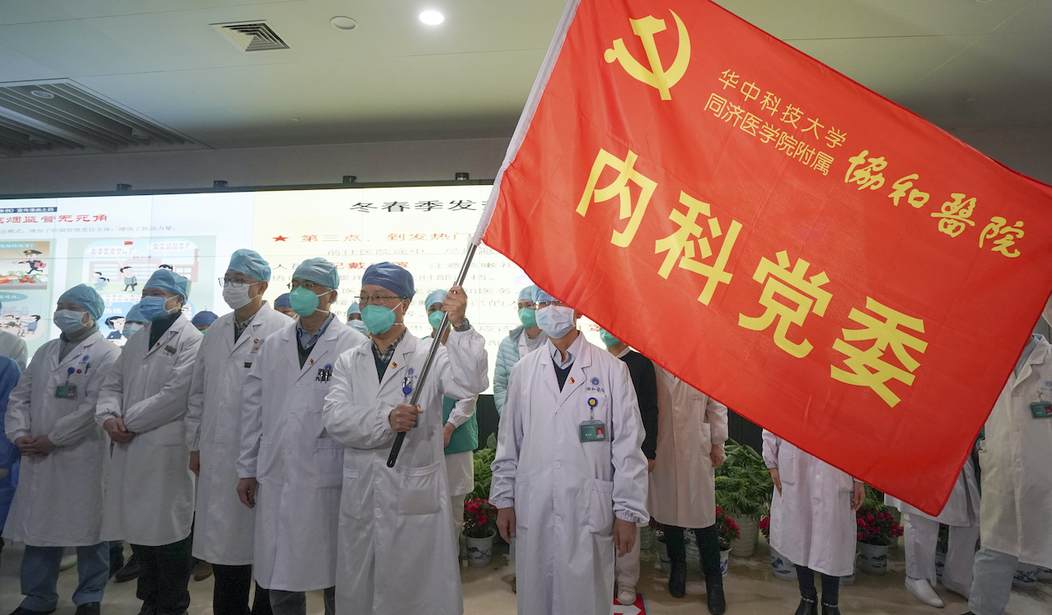

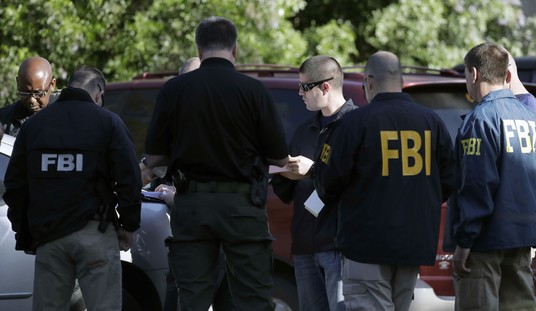
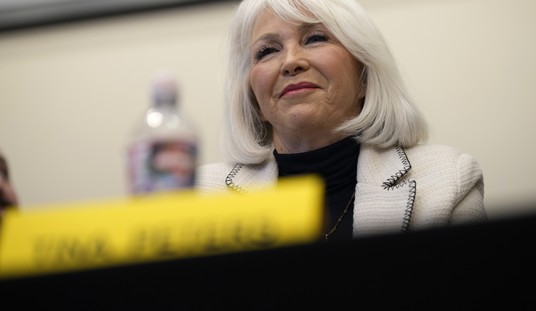

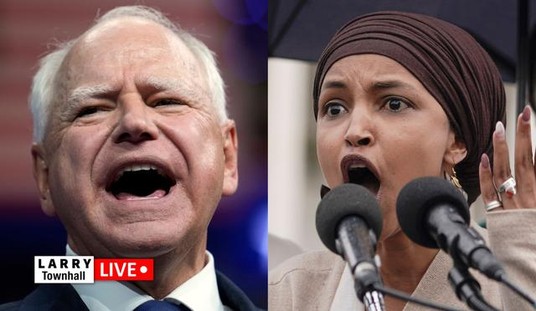







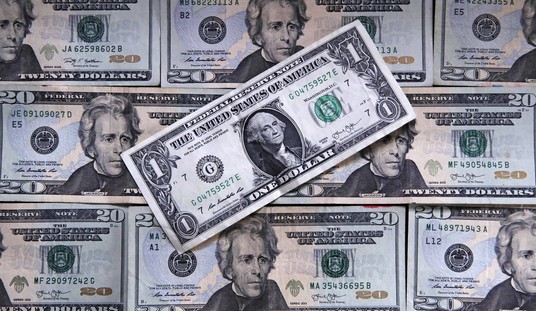
Join the conversation as a VIP Member